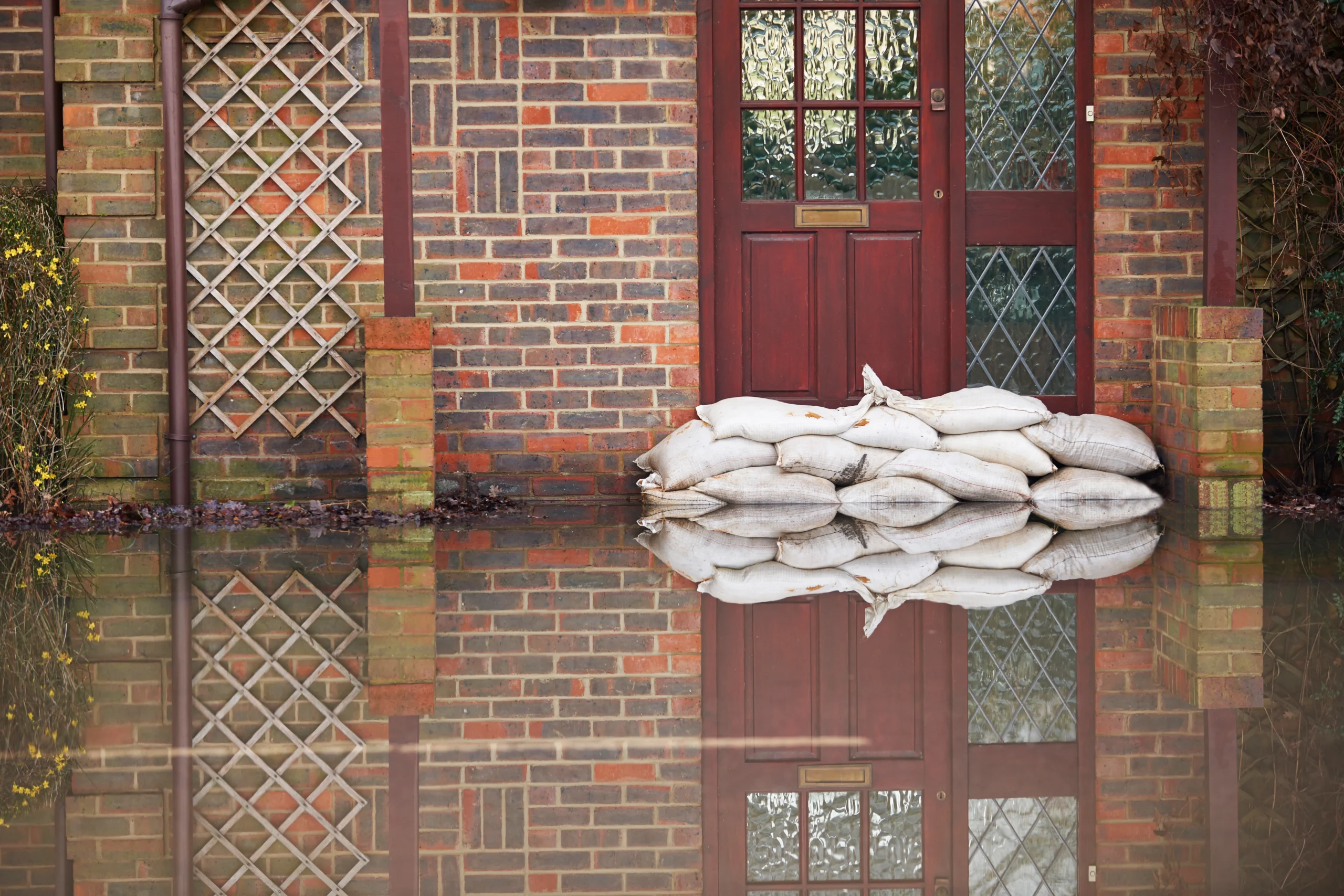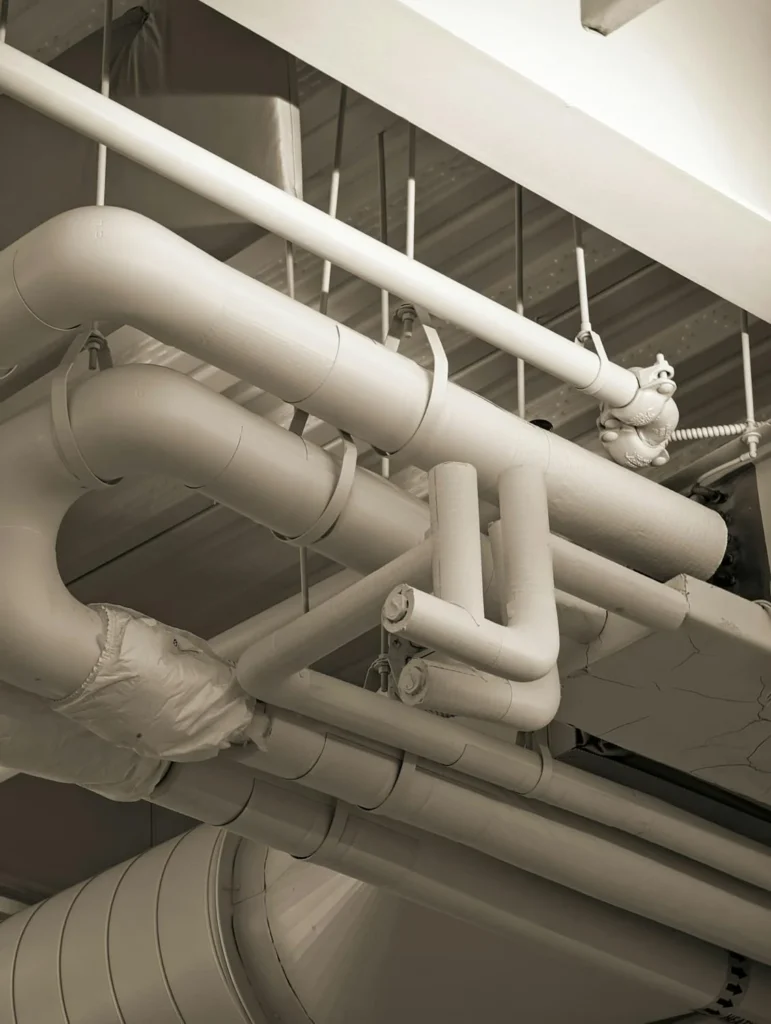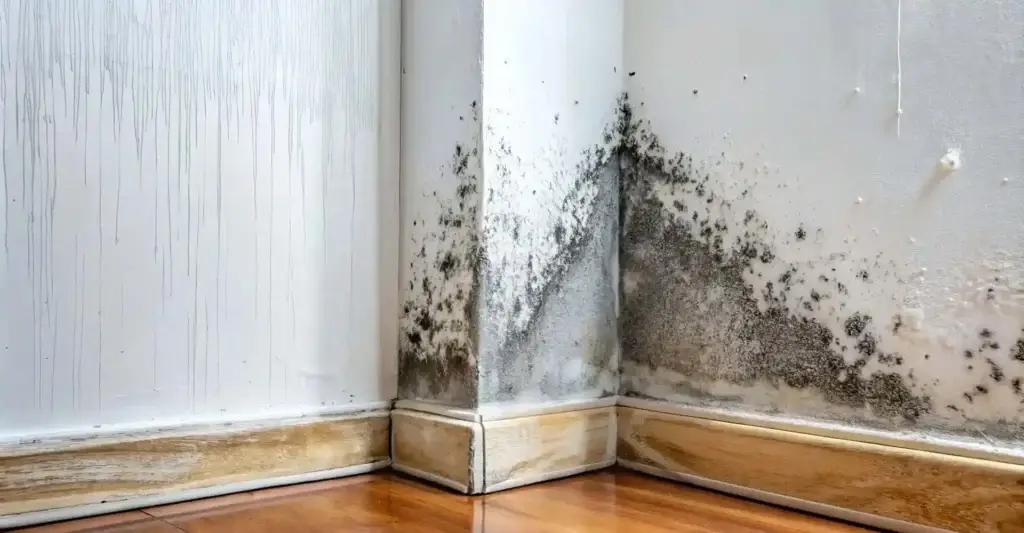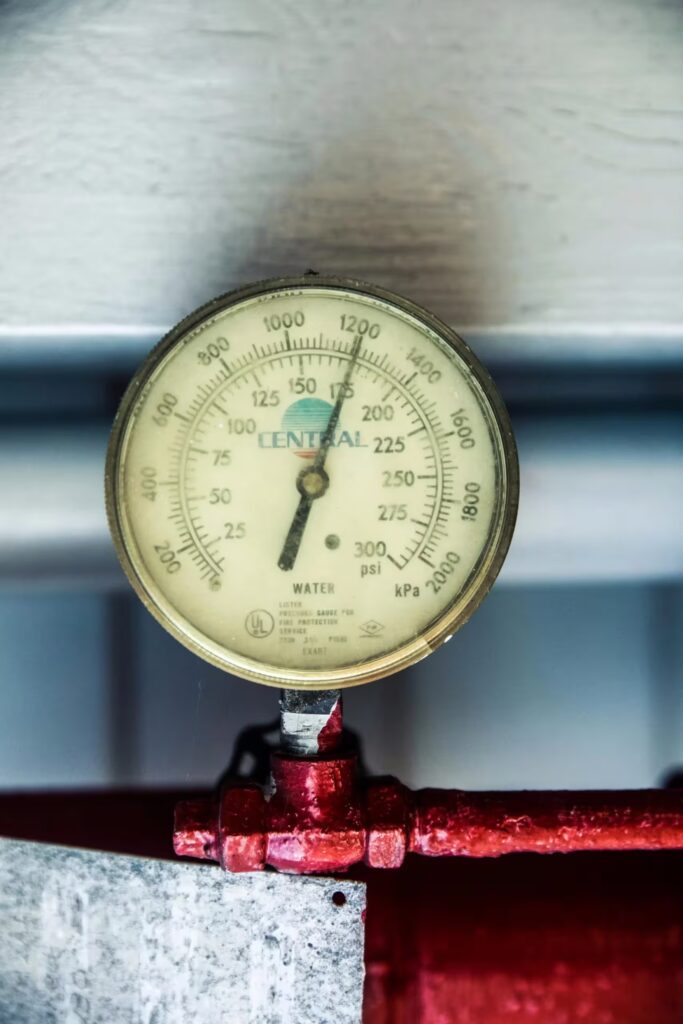Suffering water or flood damage without insurance can be devastating. From soaked walls and damaged belongings to the stress of uncertainty, it can feel impossible to know where to start.
But here’s the truth: even if you’re uninsured, you don’t have to face recovery alone. With professional help, clear planning, and the right support, your property can be made safe and restored.
This guide explains what to do after water damage when you have no insurance, why professional restoration is essential, and how to access help across the UK.
Skip to:
Understanding the challenge: Flood or water damage without insurance
Step 1: Prioritise safety and contain the damage
Step 2: Get a professional assessment and mitigation plan
Step 3: Seek financial and community support
Step 4: Restoration – why professional help is essential
Step 5: Preventing future water damage
Recovering safely with professional help from Ideal Response
Understanding the challenge: Flood or water damage without insurance
Thousands of UK homeowners and landlords are affected by water damage each year. Unfortunately, many discover too late that their policy doesn’t cover the type or extent of the damage.
Reasons include:
- High flood-risk areas leading to unaffordable premiums
- Exclusions for ‘surface water’ or ‘escape of water’ events
- Lapsed policies or misread terms
Whether caused by a burst pipe, heavy rainfall, or sewage overflow, the effects can be severe, including damage to walls, flooring, electrics, and even structural components.
Without insurance, the financial burden falls on you. But acting quickly and engaging the right professionals can dramatically reduce both your costs and your long-term risk.
Across the UK, certain regions are particularly prone to flooding. These include: Kent, East Sussex, South Yorkshire, Cumbria, Manchester, Cornwall, and parts of London often experience recurring flood events. If your property lies in one of these flood plains, having a professional response plan in place is essential.
Step 1: Prioritise safety and contain the damage
After any flooding or major water leak, your first responsibility is safety and not trying to clean up.
- Do not enter standing water until power and gas are isolated.
- Contact a qualified electrician if water has reached sockets or wiring.
- Avoid touching contaminated materials. Floodwater often contains sewage or harmful bacteria.
- Document the damage with photos or videos for local council reports or funding applications.
Call a professional restoration company immediately to assess the damage and prevent further deterioration.
Important: Even minor-looking water intrusion can hide moisture deep within structures. Professionals use thermal imaging and moisture mapping to detect this, preventing mould, rot, and electrical hazards.
Step 2: Get a professional assessment and mitigation plan
Attempting to clear or dry a water-damaged property yourself can be dangerous. Hidden moisture, bacteria, and structural weakening are rarely visible to the untrained eye.
A professional water damage specialist will:
- Inspect all affected areas, including behind walls and under flooring.
- Identify contamination risks from flood or grey water.
- Measure moisture levels to design a safe, effective drying plan.
- Begin controlled drying and sanitisation using commercial-grade equipment.
This process not only protects your property, but it also protects your health. Mould and airborne spores can develop within 24 – 48 hours, and improper drying often makes problems worse, which often requires a significant mould remediation programme.
Professionals ensure your property is made safe, hygienic, and structurally sound, giving you peace of mind that recovery is being handled correctly.
Here’s an example of how Ideal Response helped a homeowner in East London recover from water damage after discovering an internal leak from the underfloor heating system in their third-floor flat.
Step 3: Seek financial and community support
If you’re uninsured, it’s natural to worry about the cost of professional recovery. However, several forms of support can ease the burden:
Government and local authority assistance
- Local Council Hardship Grants: Some councils offer emergency funding for uninsured flood victims.
- UK Government Flood Recovery Framework: Activated after major flooding events, providing financial aid through local authorities.
- Environment Agency Floodline (0345 988 1188): Offers real-time guidance and may direct you to relevant support schemes.
For example, councils in Yorkshire, Greater Manchester, and Kent have historically issued local hardship funds after regional flood events.
Charitable and community support
- National Flood Forum: Helps households find grants and provides emotional support.
- British Red Cross: Offers immediate aid and essential supplies following domestic flooding.
- Local Community Foundations: Regional groups that raise and distribute funds to those affected by floods.
Top tip! Keep all invoices and reports from professional restorers because they’re often required if you apply for grants or claim retrospective assistance.

Step 4: Restoration – why professional help is essential
Water damage restoration is a specialist task requiring expertise, safety equipment, and controlled procedures. Attempting clean-up alone can risk both your safety and the future of your property.
What professional water damage restoration involves
- Safe removal of standing water using commercial extraction units.
- Industrial drying and dehumidification to remove deep moisture from walls, floors, and cavities.
- Cleaning and disinfection using professional-grade biocides to eliminate bacteria and mould.
- Air quality monitoring to ensure a safe environment post-clean-up.
- Full structural and moisture reports documenting the condition of the property.
The value professionals bring
- Health protection: Prevents exposure to contaminants, mould spores, and airborne toxins.
- Structural preservation: Reduces long-term repair costs by preventing rot and subsidence.
- Speed and efficiency: Industrial equipment and trained technicians dry properties up to five times faster than domestic tools.
- Documentation: Provides evidence for grants, insurance reinstatement, or landlord compliance.
- Peace of mind: You know the property is safe, hygienic, and restored properly.
Even without insurance, professional companies like Ideal Response offer transparent pricing and staged work plans, helping you manage costs while prioritising safety. Here’s an example of how Ideal Response helped a family when their home in Margate, Kent got flooded from a burst pipe.
Step 5: Preventing future water damage
Once your property has been professionally restored, it’s time to look ahead and reduce future risks.
- Install flood barriers and non-return valves to block water entry.
- Elevate electrical sockets and appliances in flood-prone areas.
- Maintain gutters, drains, and roofing to avoid leaks.
- Consider reapplying for insurance with an updated flood-risk assessment.
- Schedule routine property checks by professionals to identify vulnerabilities early.
Prevention and preparation cost a fraction of what recovery does and dramatically improve your resilience against future water damage.
Recovering safely with professional help from Ideal Response
Water damage without insurance can feel overwhelming, but you’re not without options. Acting quickly, engaging trusted professionals, and accessing local support can make all the difference between long-term loss and a safe, successful recovery.
At Ideal Response, we’ve helped countless homeowners and businesses across London, Kent, Surrey, Essex, Manchester, Birmingham, and throughout the UK recover from flood damage and water damage, even when insurance wasn’t in place.
Our team provides:
- 24/7 emergency callouts across most of the UK
- Comprehensive moisture detection and reporting
- Advanced drying, cleaning, and sanitisation
- Staged recovery options for uninsured customers
- Transparent, no-obligation quotes before any work begins
Our goal is to restore safety, comfort, and confidence to your property, as quickly and responsibly as possible.
If you’ve suffered water or flood damage without insurance, contact Ideal Response today. Our experts are ready to help you restore, rebuild, and move forward safely, affordably, and professionally.
Need to speak to a specialist urgently? Call 01622 926 505
FAQs for damage restoration without insurance
What should I do first if my property floods and I have no insurance?
Your first priority is safety. Do not enter standing water, turn off electricity and gas if possible, and contact a professional restoration company immediately. They can assess structural and contamination risks safely before any drying begins.
How long does it take to dry out a flooded property in the UK?
Drying times vary depending on the severity of the damage and the materials affected. With professional drying equipment, most homes are stabilised within 3–7 days, though full recovery may take longer if walls or floors are saturated.
Is floodwater in my home dangerous?
Yes. Floodwater often contains sewage, bacteria, and chemical contaminants. Contact with contaminated water can pose serious health risks. Always allow professionals with the correct PPE and disinfection equipment to manage clean-up safely.
Can I still get help from my council if I’m uninsured?
Yes. Many UK councils, including those in Kent, Yorkshire, Manchester, and Cornwall, provide hardship or recovery grants for uninsured residents following flooding. Contact your local council’s emergency support line or check GOV.UK for current schemes.
Will professional drying prevent mould after a flood?
Professional drying significantly reduces the risk of mould. Specialists use industrial dehumidifiers, air movers, and moisture mapping tools to remove hidden damp, which prevents long-term odours, mould spores, and structural damage.
How can I reduce the cost of recovery if I don’t have insurance?
Ask your chosen restoration company about staged recovery plans or prioritised cleaning areas. Some suppliers may provide flexible payment options and clear quotations to help uninsured property owners manage costs effectively.
What signs show that my property hasn’t fully dried?
Common signs include persistent damp smells, condensation on windows, discoloured paintwork, or soft plaster. If these appear, it’s important to request a professional damp survey, hidden damp can cause long-term structural decay.
How can I protect my home from future flooding?
Install flood barriers or non-return valves, maintain gutters and drainage, and consider elevating electrical systems above flood levels.

Chris Hedges - Head of Marketing
With over 25 years' experience, Chris is adept at defining and driving strategy, while also enjoying hands-on operational delivery. He believes in an equal blend of creativity and analytical scrutiny, always finding inventive ways to achieve objectives, underpinned by evidence. Chris’s philosophies are simple: don't overcomplicate, always prioritise customer experience, and bend the rules just enough to cut through the noise and drive momentum and growth.





















